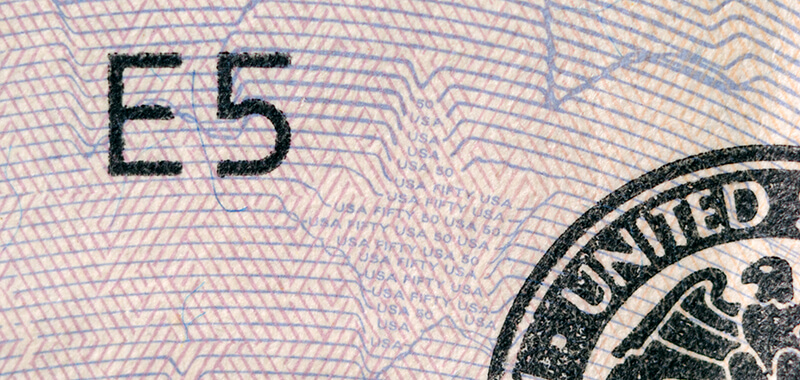
When you read the phrase “covert security,” product labels don’t immediately jump to mind. The words conjure up images of illicit meetings, shadowy figures, and secret codes — spy stuff.
But in an era where counterfeiting, gray market sales, and product tampering run rampant, brands in every industry — from food to fashion to pharmaceuticals — are relying on high-tech hidden features to protect their reputations and the safety of their customers.
In part II of our ongoing series on brand protection and product labels, we covered the overt security elements: Those that are meant to discourage counterfeiters and boost consumer confidence by being difficult to replicate. Today, we look at the features that are only apparent to those in the know.
Covert security elements help manufacturers, retailers, and everyone else along the supply chain distinguish real products from fakes. Because counterfeiters don’t have an easy way of detecting which covert elements are present, they may neglect to build them into their forgeries.
Covert security elements usually require special tools or technology to detect. Here are some of the most common covert features used in modern security labels:
Invisible Ink and Graphics
Invisible text or graphics can only be discerned through special viewers or when exposed to certain types of light. For example, fluorescent material that is only visible under ultraviolet light is often used on currency and security labels.
Graphics and text can be hidden through other means, as well. Label makers can take advantage of the polarization of light to inscribe features that are only visible at specific angles through certain lenses (similar to polarized sunglasses). Other elements may be printed in a way that they only become apparent when scanned with a mobile device.
Microprinting
Microprinting is just what it sounds like: text so small that the naked eye can’t read it. Manufacturers can use microprinting to embed serial numbers, lot numbers, or other information on their product labels.
Microprinting can be further obscured by “hiding” it in a patterned area so it blends into the background. You not only have to have a magnifying tool handy to read it, but you must know where to look.
Microprinting is common on personal checks. Look next to the signature line on your checks. Do you see the letters “MP”? That stands for microprinting. If you look closer, you’ll see the line itself is made up of letters and numbers. Unless you have incredibly keen eyes or a magnifying glass, you probably won’t be able to make them out.
Forensic Features
An emerging form of covert brand protection involves marking products with chemicals in unique combinations that are so rare that they would never occur naturally. This rare mix of minerals is often referred to as a product’s “signature.” Forensic product markers are only detectable through special scientific techniques.
As any security expert could tell you, however, multiple layers are best. The most secure brand protection approach is to employ a combination of various overt, covert, and forensic features.
In the next chapter of our series on brand protection and product labels, we’ll explore why the placement of your brand protection labels can make a major difference. Stay tuned! And if you have any questions about protecting your brand with a mix of the latest covert, overt, and forensic security technology, feel free to get in touch.

